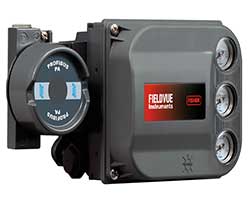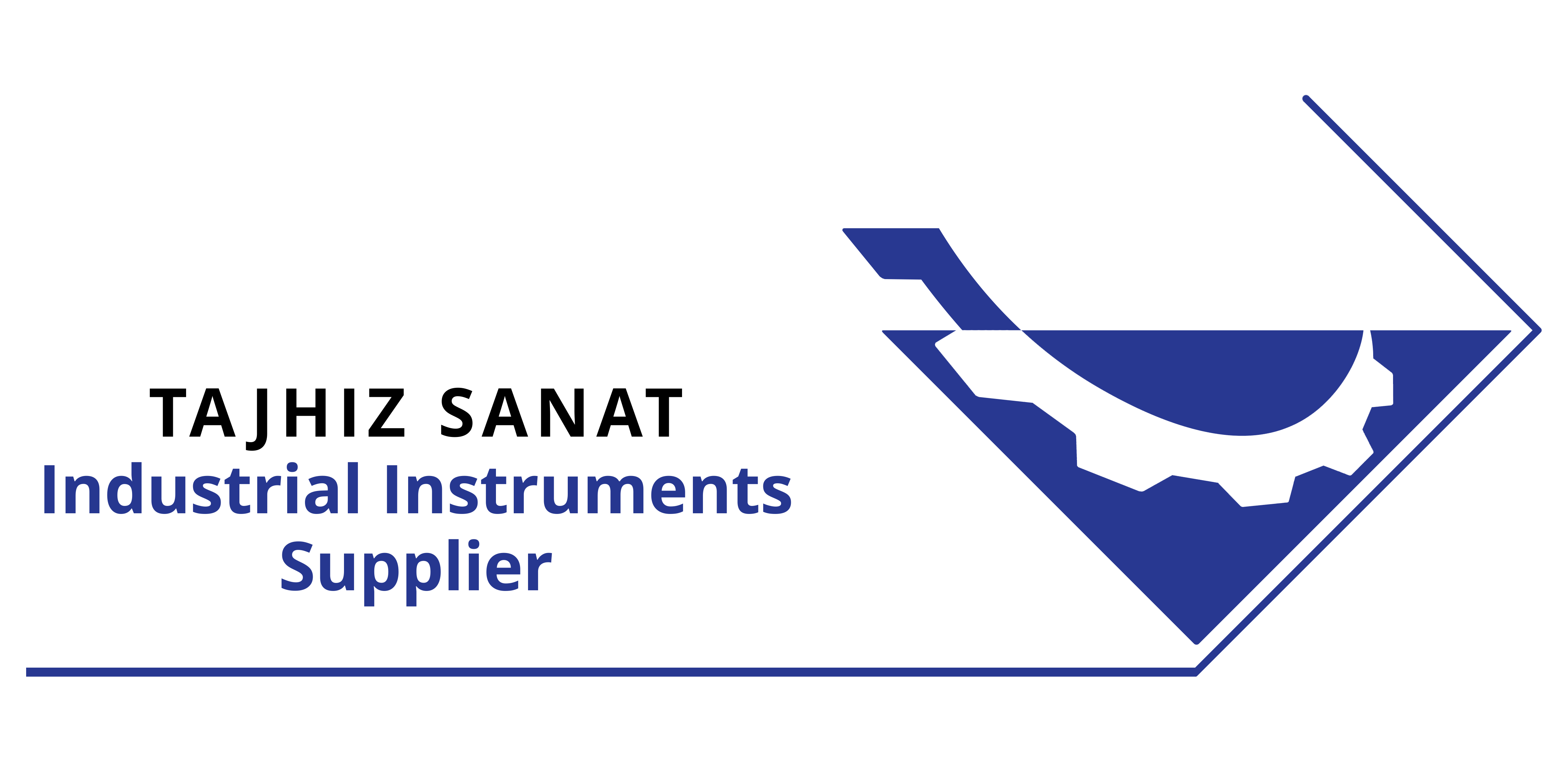
24 Apr I/P positioner
An I/P positioner, also known as an I-to-P positioner, is a device used in industrial automation to convert an electrical current signal (I) into a pneumatic pressure signal (P) to control the position of a pneumatic actuator or valve.
The term “I/P” stands for “current-to-pressure” or “current-to-pneumatic” positioner, reflecting its function of converting an electrical current input into a corresponding pneumatic pressure output.
The I/P positioner typically consists of the following components:
Input Signal: The I/P positioner receives an electrical current input signal, typically in the range of 4-20 mA. This current signal is proportional to the desired position or setpoint of the actuator or valve.
Signal Conversion: The positioner converts the incoming electrical current signal into a proportional pneumatic pressure output. The pressure output is typically in the range of 3-15 psi (pounds per square inch) or 0.2-1.0 bar, depending on the specific device.
Pneumatic Output: The converted pneumatic pressure signal is then transmitted to the pneumatic actuator or valve, providing the necessary force to control its position or movement.
Feedback: Some I/P positioners also incorporate feedback mechanisms to provide information on the actual position of the actuator or valve. This feedback can be used for closed-loop control and to ensure accurate positioning.
I/P positioners are commonly used in industrial processes where precise control of pneumatic actuators or valves is required. They are often used in various applications, including control valves, dampers, and other devices that require precise positioning or modulation.
The advantages of using I/P positioners include:
Accurate Position Control: I/P positioners provide precise control over the position of pneumatic actuators or valves, allowing for accurate and repeatable positioning.
Compatibility: They can be used with a wide range of pneumatic actuators and valves, making them versatile for different applications.
Remote Control: I/P positioners can be controlled remotely through electrical signals, allowing for centralized control and automation of industrial processes.
Safety: By converting electrical signals to pneumatic signals, I/P positioners can isolate the electrical control system from potentially hazardous environments, such as those with explosive atmospheres.
It’s important to note that I/P positioners may have specific installation and calibration requirements depending on the application. Proper installation, setup, and maintenance are essential for optimal performance and accurate control of the pneumatic actuators or valves.
